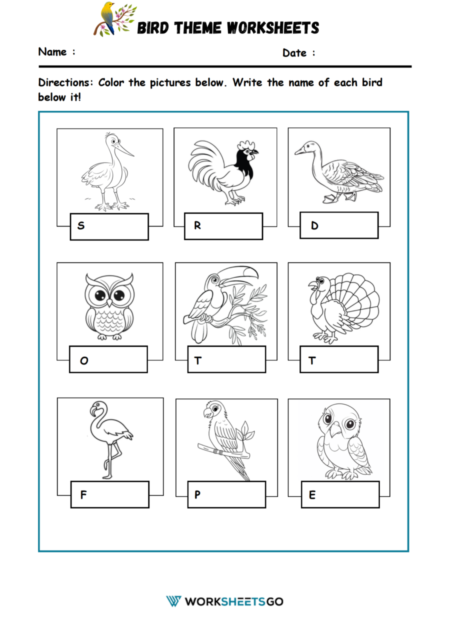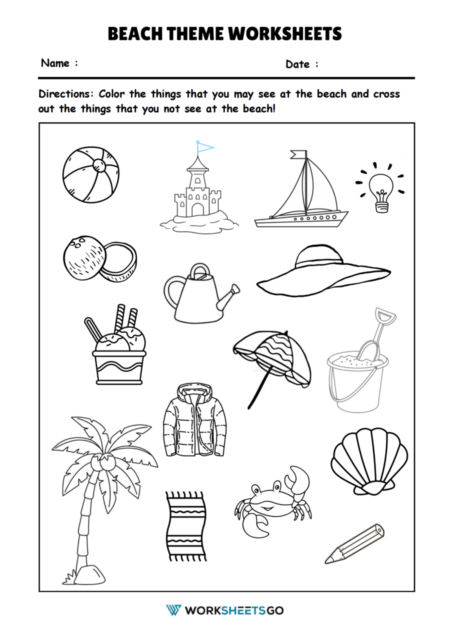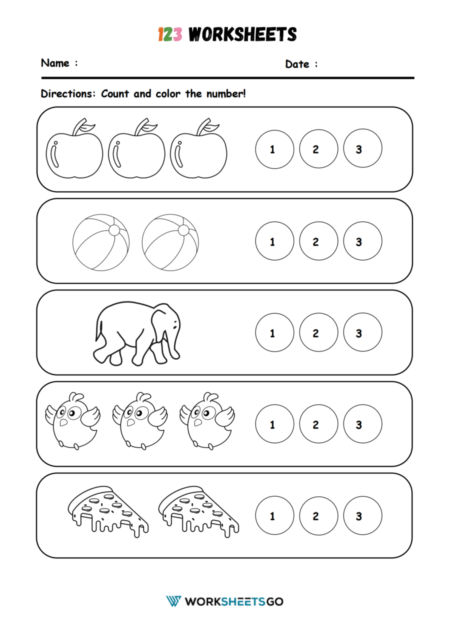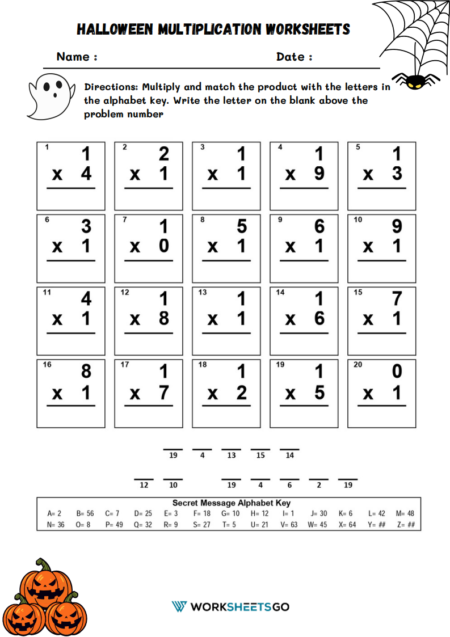Enzymes are the workhorses of the cellular world, catalyzing and regulating nearly every biochemical reaction in living organisms. To understand how these molecules orchestrate such complex processes, we’ve created a series of worksheets designed to introduce the fundamentals of enzyme function.
Worksheet 1: Filling the Gaps
Our first worksheet begins with a fill-in-the-blank exercise, which challenges students to complete sentences using key terms related to enzymes. It’s a simple yet effective way to reinforce the vocabulary and concepts that underpin the study of enzymes.
Example Questions:
- Enzymes are biological catalysts that speed up chemical reactions in living organisms.
- Enzymes are protein molecules, which are made up of long chains of amino acids.
- The sequence and type of amino acids are different in each protein, so they produce enzymes with many different shapes and functions.
- The shape of an enzyme is very important to its function.
By identifying the correct word to complete each sentence, students begin to construct an understanding of how enzymes work and why they are essential to life.
Worksheet 2: Visual Learning with Diagrams
The next worksheet segment includes a diagram that students are asked to label with terms such as active site, substrate, and enzyme. This exercise helps visualize the “Lock and Key Model” of enzyme action, where the substrate fits into the enzyme’s active site just as a key fits into a lock.
Example Labeling:
- The part labeled with a ‘C’ on the diagram is the enzyme.
- The protruding part of the enzyme where the substrate fits is the active site.
- The shape labeled with a ‘+’ that fits into the active site is the substrate.
Worksheet 3: Critical Thinking Questions
To delve deeper, the worksheet poses a thought-provoking question:
Question:
- Enzymes and their substrates are often compared to a lock and key. This is called the Lock and Key Model. Label the lock and key in the image above.
- Explain what would happen if a substrate molecule with a different shape to the enzyme came into contact with the enzyme’s active site.
This section encourages students to consider what happens when the enzyme-substrate specificity is disrupted, which is key to understanding enzyme selectivity and the implications of inhibitors in drug design and disease.
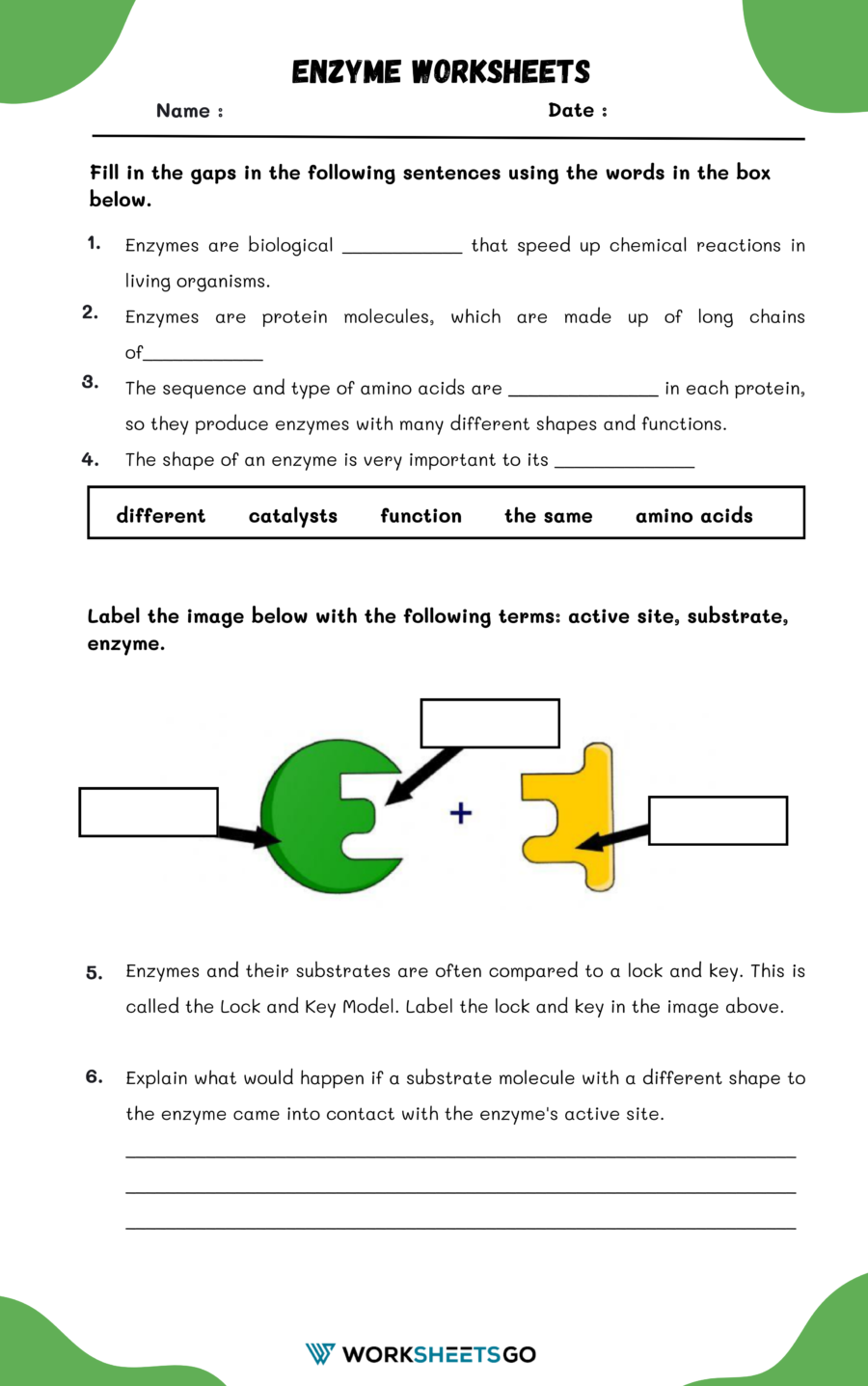
Answer Key

These worksheets are perfect for students beginning to explore biochemistry or for those needing a refresher on the topic. They combine textual and visual learning, catering to different learning styles, and encourage critical thinking about enzyme functionality.
In conclusion, our Enzyme Worksheets provide an engaging way for students to learn about these crucial biological catalysts. Through a combination of vocabulary exercises, diagram labeling, and critical thinking questions, these worksheets lay the foundation for understanding the dynamic world of enzymes and their role in life’s complex tapestry.


